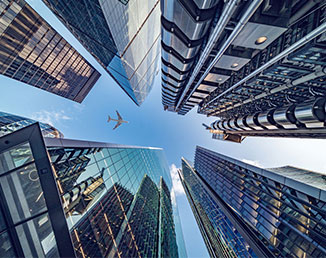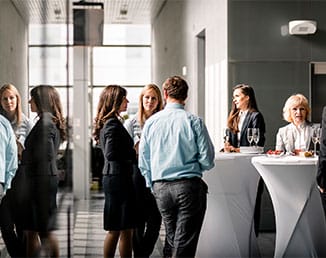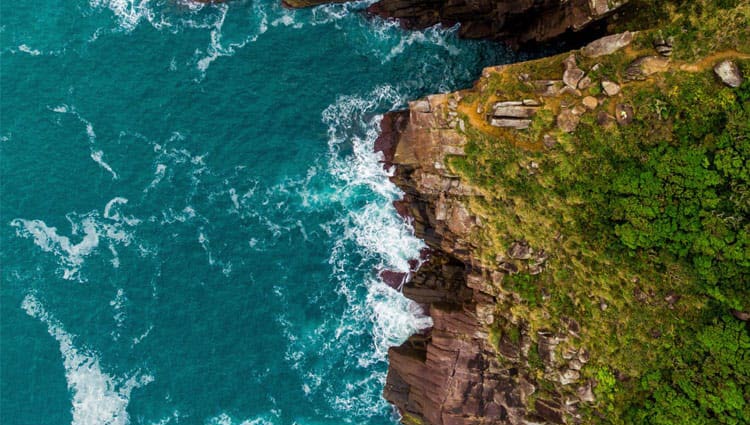

Andrew Doyle, Senior Director – Market Development, Cirium
Please note: this is part two of a three-part series. Read part one and three.
According to Cirium’s proprietary Emerald Sky methodology and data analytics, of the 200 airline operators with the greatest CO2 emissions in 2019 – which together accounted for 93% of total emissions and out of which 185 remain in operation today – 81 are on track to have reduced their CO2 per ASK by more than the average 3.9% over the five years to July 2024. The most-improved carrier (Icelandair) is expected to register a reduction of more than 24% thanks to a major fleet replacement programme. Other carriers – for example British Airways, which is on track for an 8.1% decline – made decisions during the pandemic to phase out entire fleets of particularly fuel-thirsty aircraft, such as 747-400s.

Conversely, Finnair’s estimated CO2 per ASK is forecast to have increased by more than 10% between 2019 and 2024, but principally due to the non-availability of Russian airspace following that country’s invasion of Ukraine in February 2022.

This resulted in the Finnish flag-carrier’s A350 fleet using approximately 20% more fuel per ASK due to extended flight times to/from points in Asia, as captured by Cirium’s air minutes rather than great circle distance-based methodology.

The principal sustainability challenge facing the industry is that the forecast growth of the commercial airliner fleet will result in absolute CO2 emissions continuing to increase until supply of sustainable aviation fuels can be massively ramped up. Although aviation as a whole contributes a relatively small portion of global emissions, roughly 2% on latest international estimates, it remains in the spotlight precisely because of this lack of immediate alternatives to fossil fuel use, as well as the potential multiplier of greenhouse effects through cirrus cloud formation at altitude.
Check back next week for part three: The impact of changes to in-service fleets. Contact us to learn more about Emerald Sky.


























































